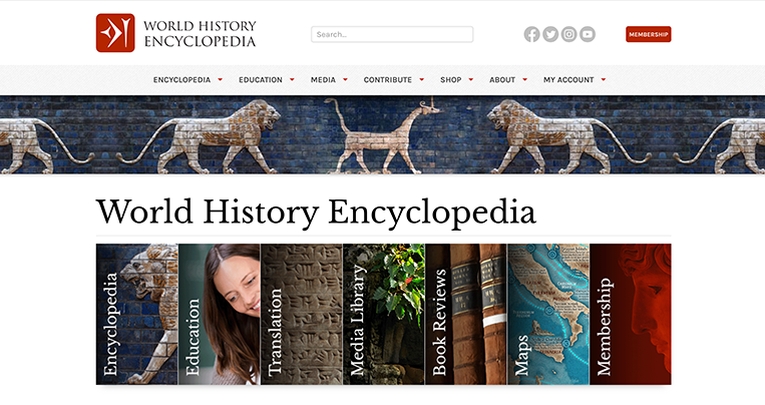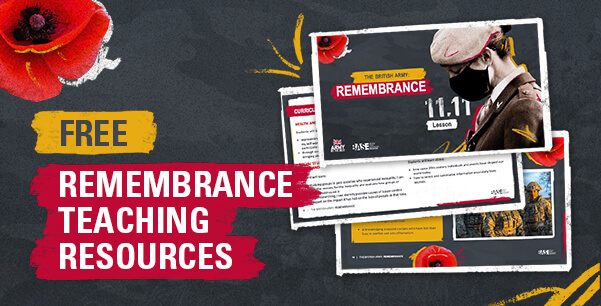 30 Second Briefing
30 Second BriefingWorld History Encyclopedia is a reliable, curriculum-aligned source of carefully reviewed historical content, primary sources, and teaching materials (including lesson plans). It is published by a non-profit organisation entirely for free.
1. A reliable academic resource
This free encyclopedia is not a wiki. Everything published on World History Encyclopedia is carefully reviewed by a full-time editorial team for compliance with academic standards.
Their editorial policy is rather strict and even includes a “no AI” clause. Also, they regularly review content to keep it up to date with the scholarly consensus.
The editors ensure not only that the content is accurate but also that it is easy to understand and that it aligns with the curriculum.
Dr. Patrick Hunt of Stanford University wrote the following review: “I appreciate the quality and accessibility of the articles. They are trustworthy and well-documented, which is often rare for accessible online material.”
2. Engaging and accessible
“Story is the most important part of the word history” is something like the editorial motto in the team’s style guide. Despite its high academic standards, World History Encyclopedia presents information in a clear and engaging way.
The writing is easy to understand for students of various ages and backgrounds, which makes complex historical topics approachable and increases information retention amongst students. The articles are supported by fantastic maps, videos, and plenty of illustrations.
According to World History Encyclopedia’s own study, 84% of student users have reported that the encyclopedia has helped them improve their academic performance.
History teacher Josh Fausti of Hillsborough High School wrote that World History Encyclopedia is “an absolutely vital resource and the kids enjoy using it”.
“84% of student users have reported that the encyclopedia has helped them improve their academic performance.”
3. Global perspectives
The encyclopedia offers a global perspective on history, not just focusing on Western narratives. It is published by an international team distributed all over the world, offering various points of view in their editorial process.
This allows teachers to present a more inclusive and well-rounded understanding of the past, fostering critical thinking skills and a broader worldview in students.
4. Primary sources and teaching materials
We all know that finding primary sources can be a pain. World History Encyclopedia has a database of primary source texts that you can search and use in your teaching.
On top of that, there are teaching resources and history lesson plans that you can download for free.
5. Aligned with the curriculum
The encyclopedia’s editorial team carefully follows the history curricula of the United Kingdom, the United States, Canada, and Australia to ensure that the articles they publish contain precisely the information that students need.
Key questions and answers are summarised at the end of articles, and there is a bibliography and citation information in the most common formats.
Visit the encyclopedia at www.worldhistory.org to find out more.
- Reliable historical resource that is carefully reviewed by a team of expert editors.
- Plenty of articles, maps, illustrations, and videos for students that are particularly useful for independent learning and research.
- Free teaching materials and lesson plans for teachers, as well as a primary source database.
- It is entirely available for free – no hidden charges or fees.












